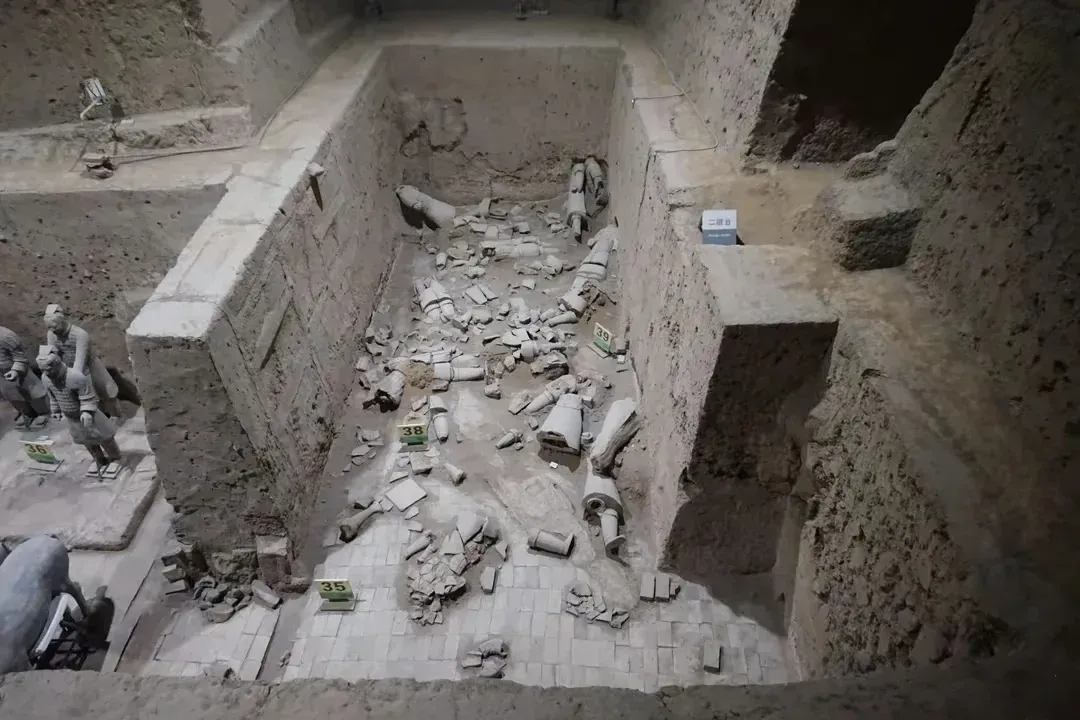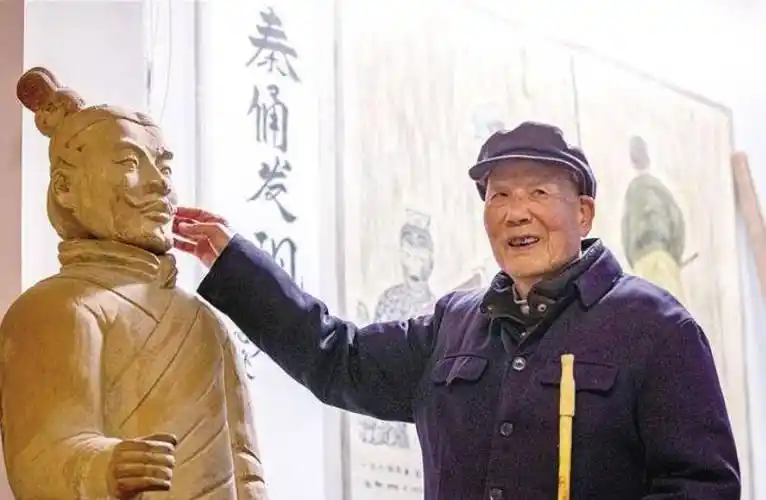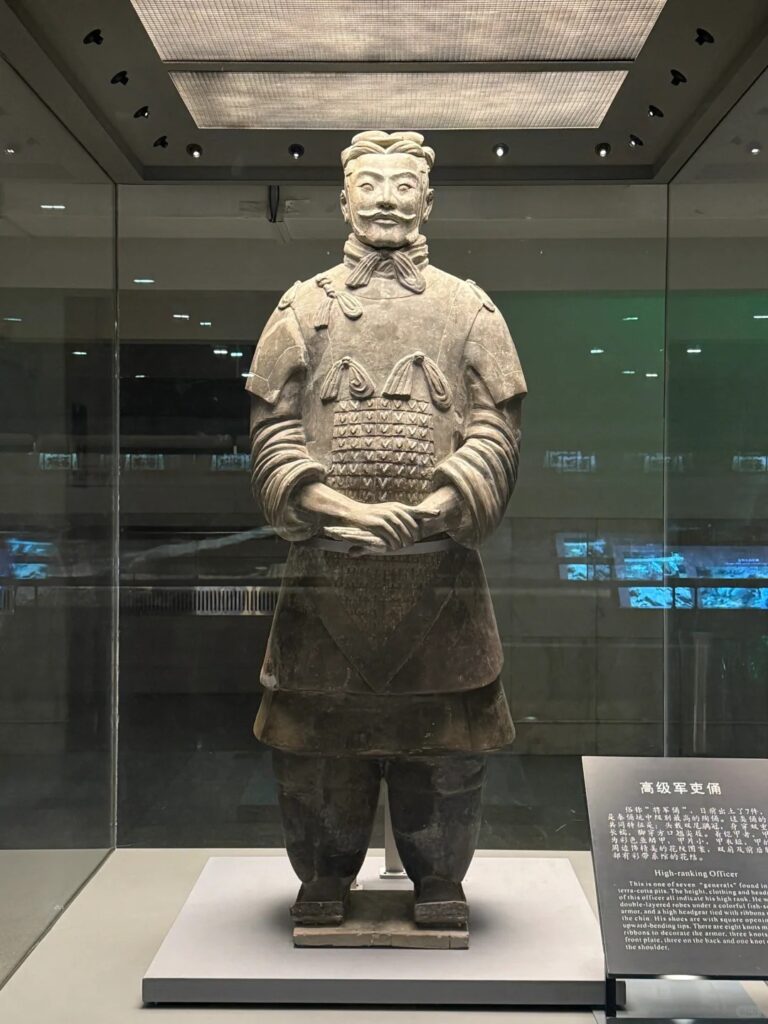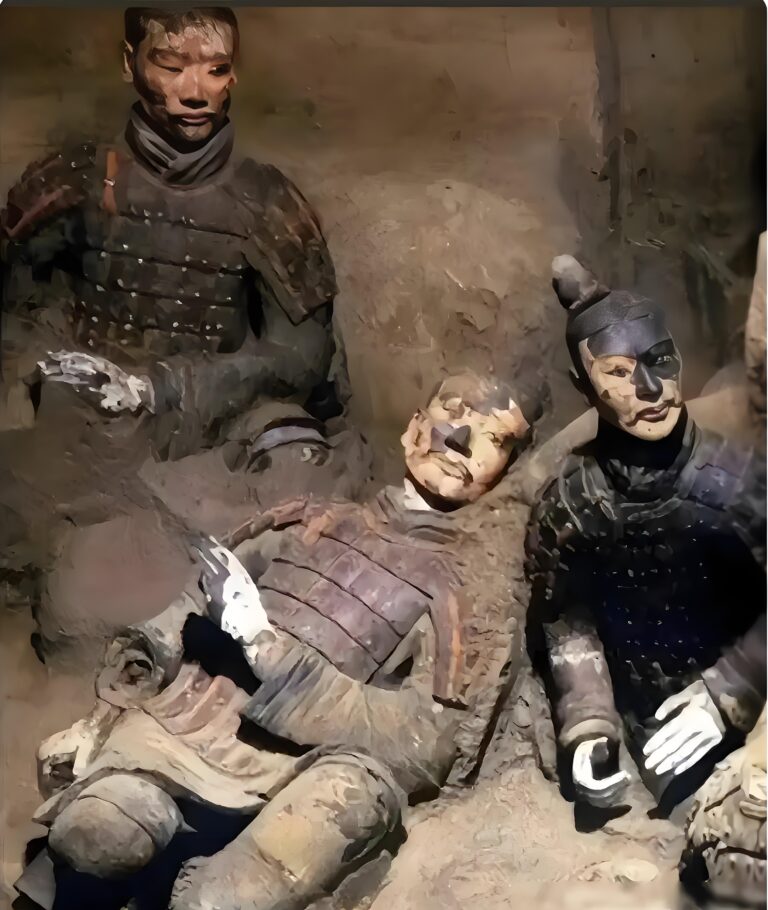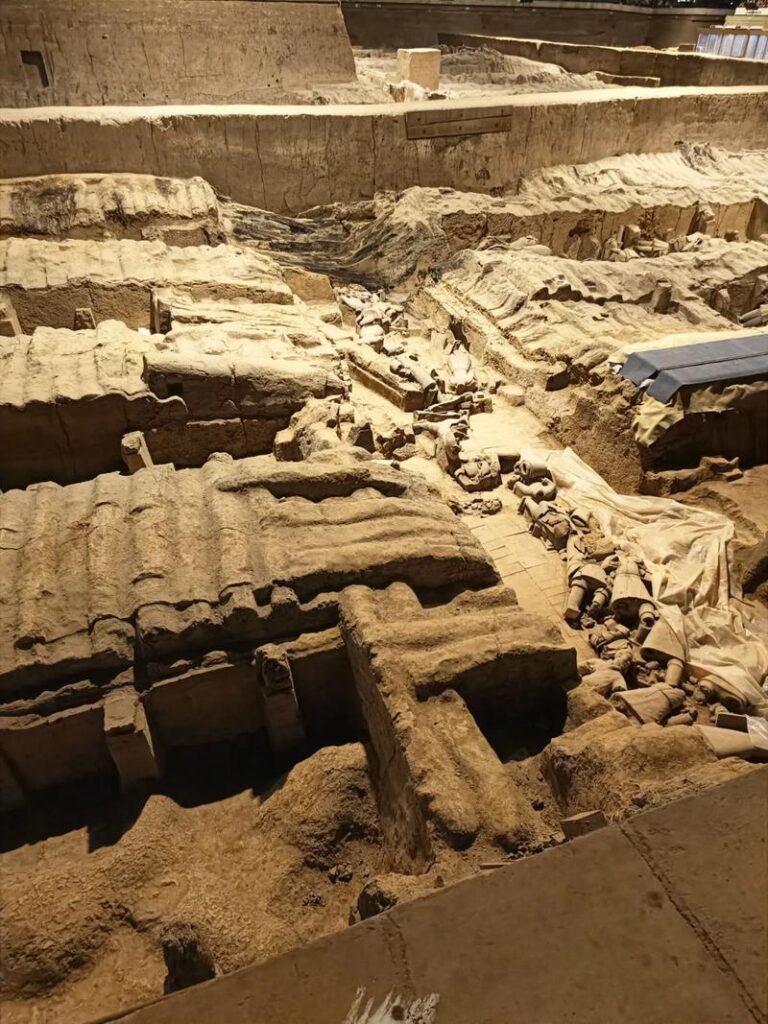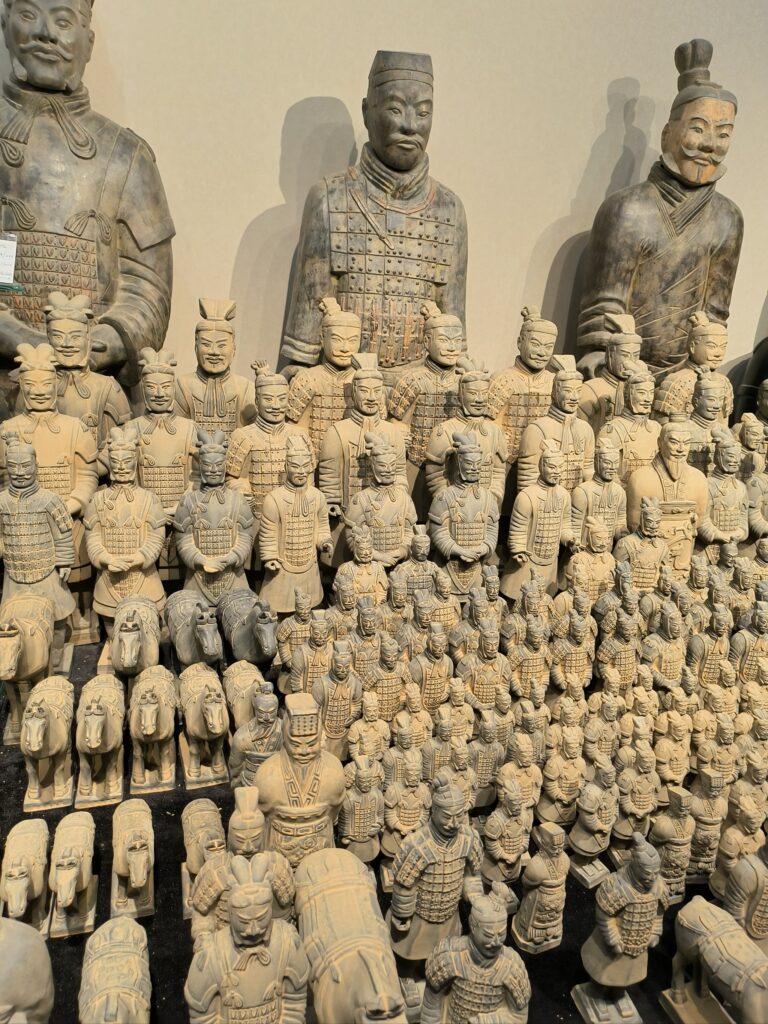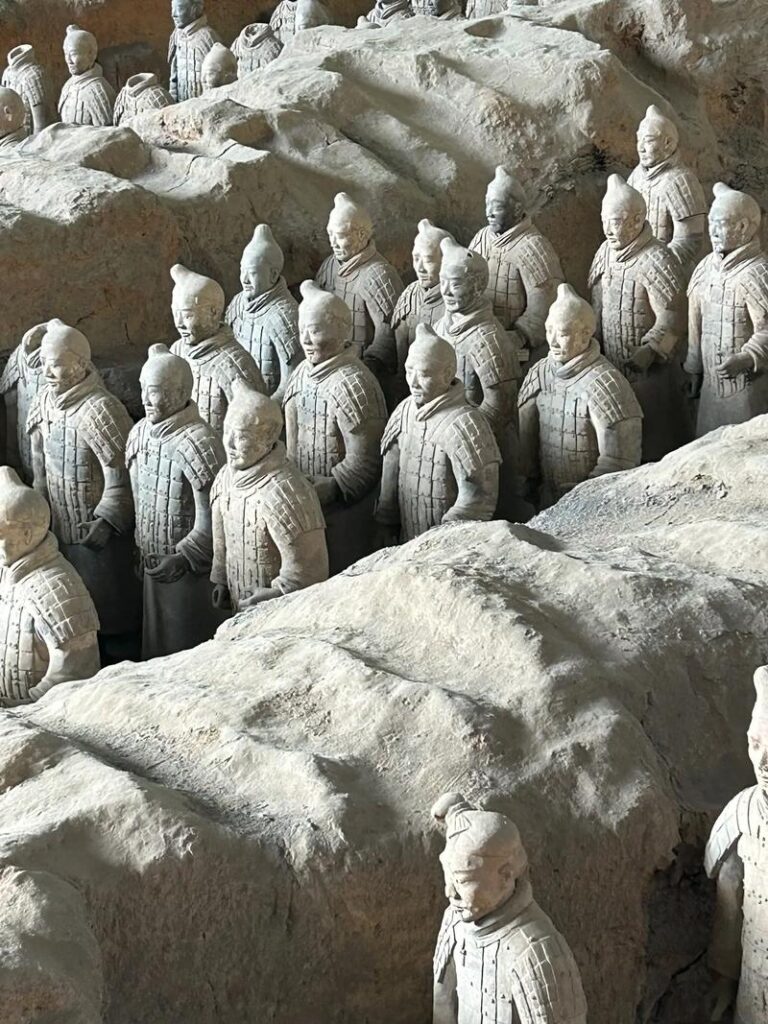Were any Terracotta Warriors intact?
Are the Terracotta Warriors intact? Truth and Miracle
If you’ve been following the news recently, you may have seen a heartbreaking report: just five days ago (May 30, 2025), a man climbed over the guardrail of Pit 3 of the Terracotta Warriors, jumped into the pit from a 5-meter-high platform, and knocked over two precious armored warrior figurines with his bare hands. According to police reports, the two terracotta warriors, classified as second-class cultural relics, sustained “varying degrees of damage,” and the perpetrator has been apprehended.
This incident raises a core question: Are the Terracotta Warriors truly intact?
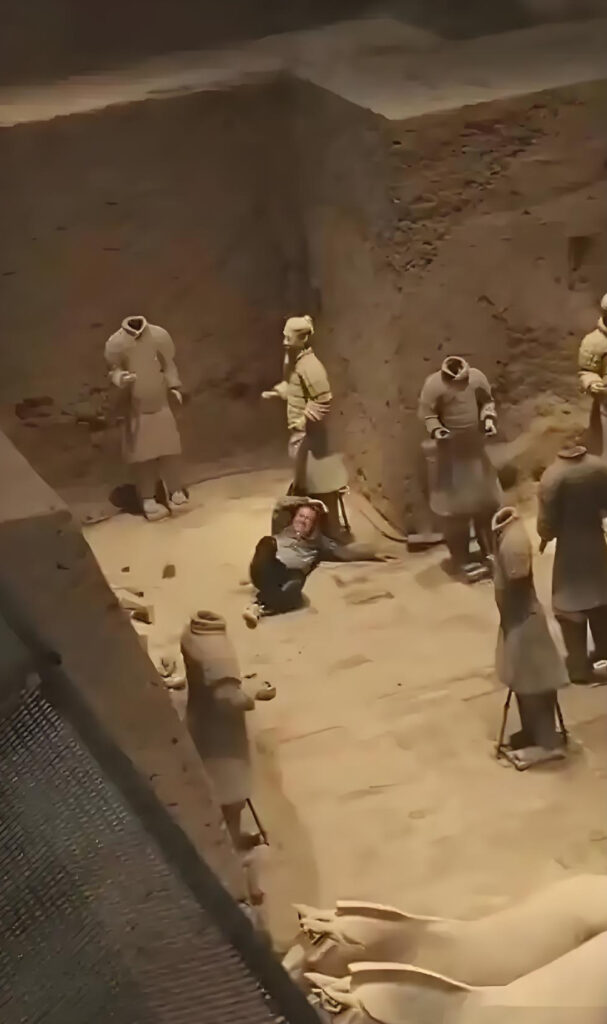
I. The Truth Revealed: Miracles and Scars Coexist
In the spring of 1974, farmers in Lintong, Xi’an, accidentally discovered the terracotta warriors, which had been buried underground for over 2,200 years, while digging a well. When archaeologists carefully opened the pit, the scene before them was heartbreaking—the majority of the terracotta warriors had already shattered and collapsed, buried under several meters of soil.
Even more tragic was the loss of color. Today’s visitors see only the natural clay color, but originally each terracotta warrior was adorned with vibrant hues:
– Archaeological findings reveal remnants of 17 different colors, including precious purple and blue
– The warriors’ attire featured high-saturation colors, as vibrant as today’s “dopamine fashion”
– Hair color, skin tone, and even the iris color of the eyes varied, with intricate details down to individual eyelashes
Why did these colors fade? When the terracotta warriors came into contact with air, the paint that had been preserved for thousands of years curled and peeled off within minutes. A cultural relics expert once lamented, “Some terracotta warriors buried in silt still had painted decorations, but once exposed to air, they quickly peeled off.”
II. Modern Technology Protects the Ancient Army
To protect this newly unearthed army, scientists and cultural relics conservation experts embarked on a race against time.
The “black technology” for rescuing colors:
– “Moisturizing Mask” Technology: When fragments of painted terracotta warriors are discovered, experts first mist them with purified water, then apply a specially formulated “moisturizing and plasticizing mask”—composed of polyethylene glycol and polyurethane emulsion, which penetrates the clay body like a small-molecule essence.
– Plastic wrap wrapping method: After spraying protective solution, plastic wrap is used to cover the terracotta warriors to maintain moisture and prevent dust, until the colors are fixed.
Combating the invisible killer—air pollution:
– Chinese scientists have developed an “air curtain” system, similar to the cold air curtains in open-style supermarket refrigerators.
– High-speed airflow forms an invisible “air wall” that blocks over 90% of pollutants and heat from entering the pit
– Specifically designed to protect against corrosive components such as hydrocarbons and sulfur dioxide in vehicle exhaust
Fragment puzzle master:
– Restoring a standard terracotta warrior typically takes 8–10 months
– Restoration personnel use a colorimeter to measure color values and track changes since excavation
– Apply a hyperspectral imaging system to “see” the color traces that have already faded
– By the end of 2024, China Electronics Technology Group Corporation (CETC) will have customized specialized restoration equipment for the terracotta warriors, which can be freely disassembled and reassembled like “clothing” to monitor the condition of the clay figures
III. Destruction and Restoration: An Eternal Challenge
Despite advanced technology, the Terracotta Warriors still face multiple threats.
The pain of human destruction:
– The recent destruction incident is not the first of its kind: In 2017, an American man broke off and stole a finger from a Terracotta Warrior, with restoration costs exceeding 2 million USD
– Under Chinese criminal law, intentional damage to national treasures can result in a prison sentence of over ten years
– Even with mature restoration techniques, new damage can cause irreversible loss of historical information
The Challenge of Natural Erosion:
– Fluctuations in temperature and humidity, dust deposition, and microbial activity continue to affect the terracotta warriors
– Experts have discovered white “flower-like” mold under a microscope, forming various colored spots
– Human contact also poses a threat: After a German tourist illegally touched a figurine in 2012, the conservation team conducted environmental monitoring for half a year
The challenge of protecting unexcavated areas:
– Approximately 6,000 terracotta figurines remain buried underground and have not yet been excavated
– Experts have explicitly stated that “we cannot actively excavate” because there is currently insufficient technology to protect fragile artifacts such as silk and lacquerware that may exist
– The core area of the Qin Shi Huang Mausoleum (including the main underground palace said to be filled with mercury “rivers”) remains unexplored to this day
IV. Digital Immortality: New Life Granted by Technology
In the face of these challenges, digital technology offers the terracotta warriors another possibility for “immortality.”
High-precision 3D archives:
– Scientists from Xi’an Jiaotong University used a rotating layered line scanner to create detailed 3D models of each terracotta warrior.
– This is equivalent to issuing an “ID card” and “health record” for each terracotta warrior.
– Regular scanning can detect changes as small as 0.1 millimeters.
Virtual Restoration Laboratory:
– Northwest University developed an interactive virtual restoration system for the terracotta warriors.
– Experts can experiment with different fragment assembly schemes on computers, significantly improving the efficiency of physical restoration
Immersive cultural dissemination:
– Through VR (virtual reality) and AR (augmented reality) technology, global visitors can experience this “underground army” up close
– Even without visiting Xi’an, one can clearly observe fine details such as hair strands and stitching on shoe soles
So, returning to the original question: Are the Terracotta Warriors intact? The answer is no. They did not survive 2,200 years unscathed—they have endured collapses, fading, pollution, and even occasional human damage. Every crack and every missing color tells a story of the collision between time and civilization.
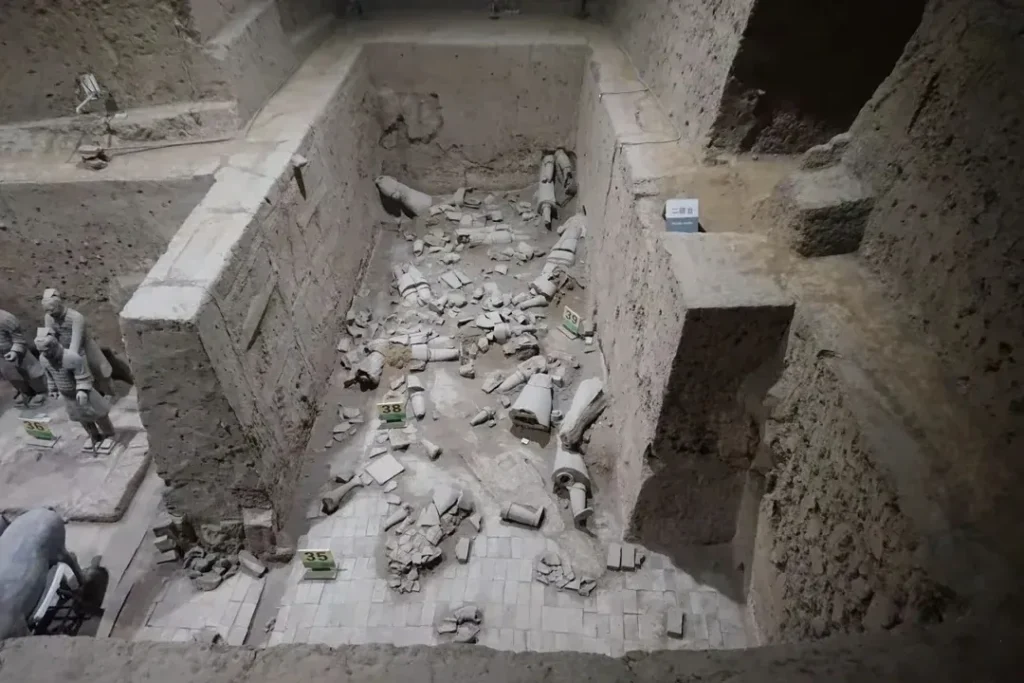
But these “imperfections” actually highlight their authenticity and value. Every standing terracotta warrior you see today at the pit edge is the result of modern technology and the wisdom of cultural heritage preservationists: from the ‘mask’ used to preserve the painted colors to the “air wall” that blocks pollution, from the years-long process of piecing together fragments to the digital “eternal archive.” This “underground army” is not only China’s treasure but also a shared cultural heritage of all humanity.
When you gaze upon the resolute faces of these warriors, you see not only Emperor Qin Shi Huang’s ambition to unify China but also the perseverance and wisdom of modern people in safeguarding history and passing on civilization.

